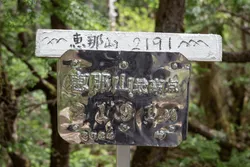
Kyushu has some pretty cool mountains. It’s home to Mt Aso, Japan’s largest active volcano, plus Yakushima Island (off the coast of the Kyushu mainland) is said to be inspiration for the forests of Princess Mononoke. And you can’t forget Kumamoto’s iconic mascot Kumamon - a cute black bear famous for its perpetually shocked expression. I’ve visited Kyushu on two separate occassions now and wanted to provide a quick overview of my hikes there so far. All but one are part of the Hundred Famous Mountains of Japan - which although is a rather subjective list, generally has some of Japan’s best hikes, and the public transport options are pretty good too. At the end I’ve also listed some example itineraries you can follow if you wanted to hike a couple of mountains on your trip.
Hikes in Oita
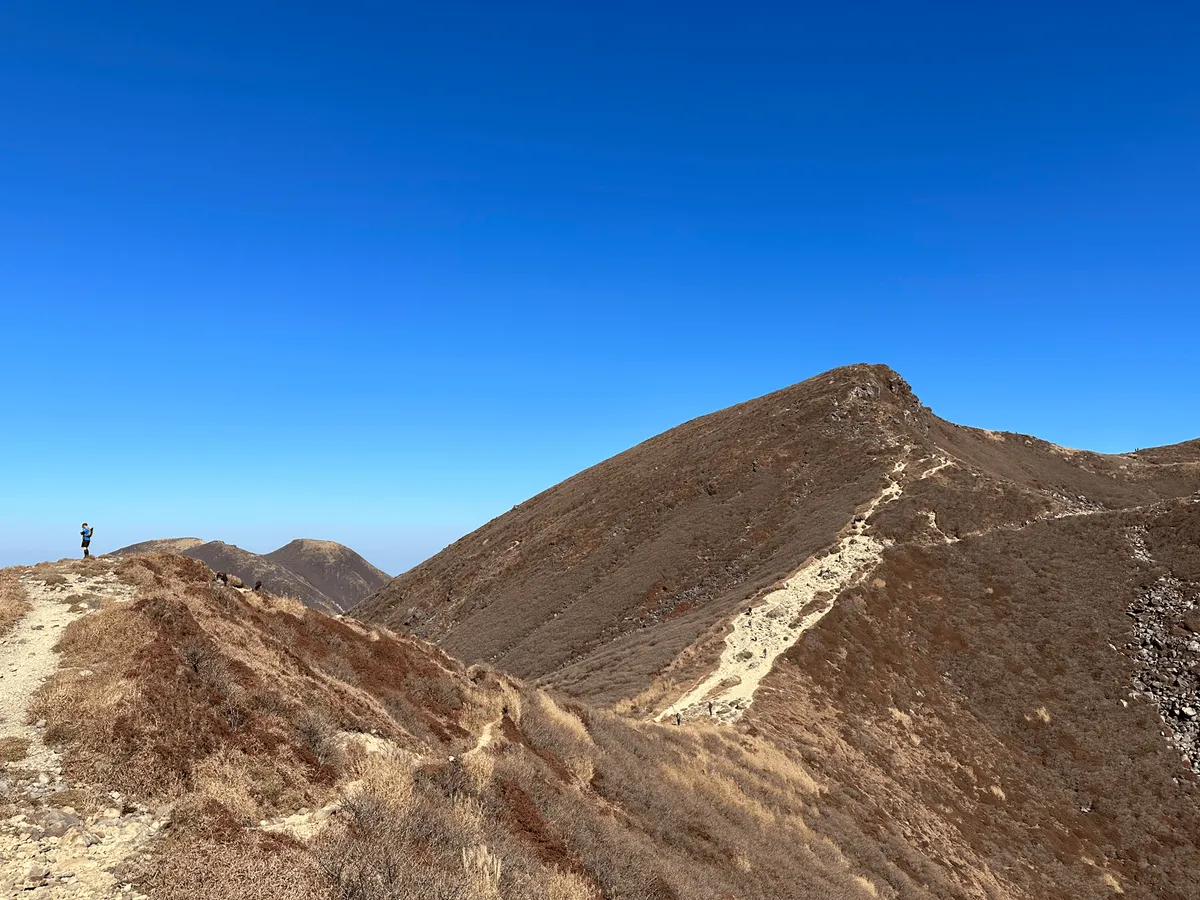
Mt Kuju
I’ll admit I have a soft spot for volcanoes (I think they have such cool scenery) so my favourite mountain in Kyushu so far is Mt Kuju. As well as climbing through rocky terrain, the trail also has you descend into a small valley with volcanic mountains all around you. You can extend your hike to Mt Nakadake, the highest peak in mainland Kyushu. As well as the main peak itself, there are a lot of other minor peaks in the area, so you can extend this hike into an overnight one too.
If you time your hike for May, you’ll be just in time for the blooming of the pinkish-purple Kyushu Azalea, which grow on the sides of the mountain.
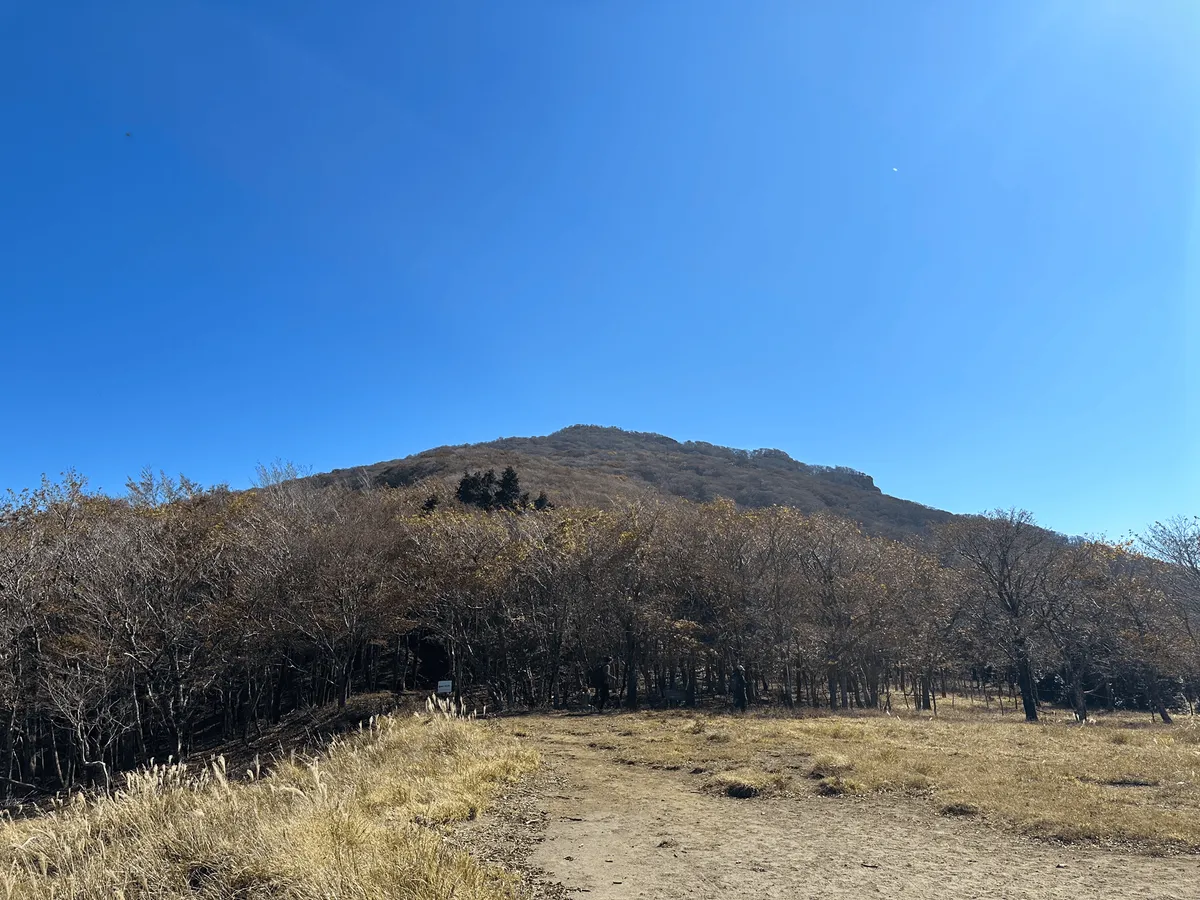
Mt Sobo
I would say Mt Sobo is the least popular of the mountains I’ve listed on this page and I’ll admit it is a tiny bit boring compared to some of the stunning scenery you can find across Kyushu’s other mountains. However it is a Hundred Famous Mountain, so I would say if you are looking to hike as many of those as you can it makes for a decent candidate (it has public transport access too).
Hikes in Kumamoto
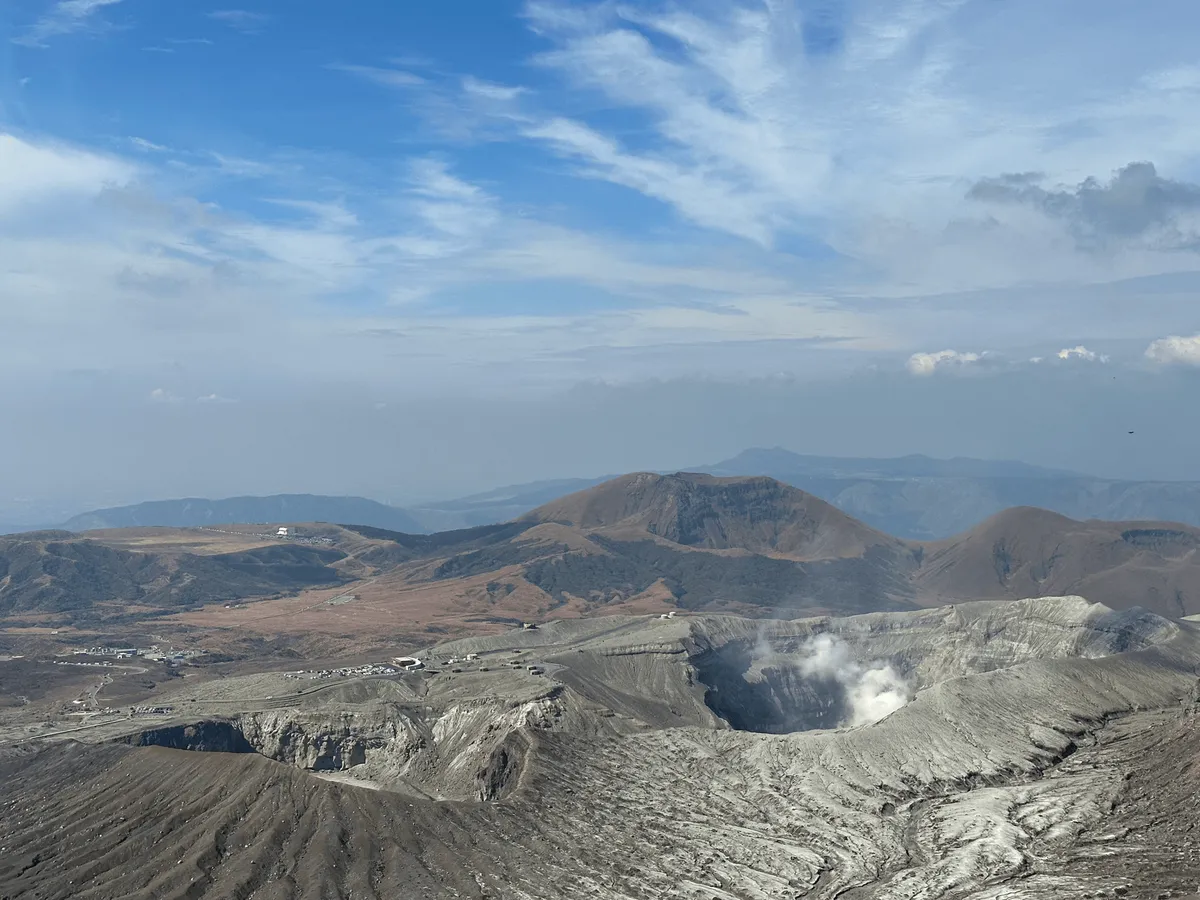
Mt Aso
Mt Aso is Japan’s largest active volcano, featuring the Nakadake crater which continuously billows out white smoke. You can enjoy the scenery from down below, or head on a 5-hour hiking course up to Mt Aso’s highest peak, Mt Takadake. Out of all of Kyushu’s mountains, I would say Mt Aso was the most tourist-friendly - whether you consider that a pro or con, I’d leave up to you.
As Mt Aso is such an active volcano, depending on its activity level it can be closed off to visitors. I would recommend double-checking its status before you go.
Hikes in Kagoshima
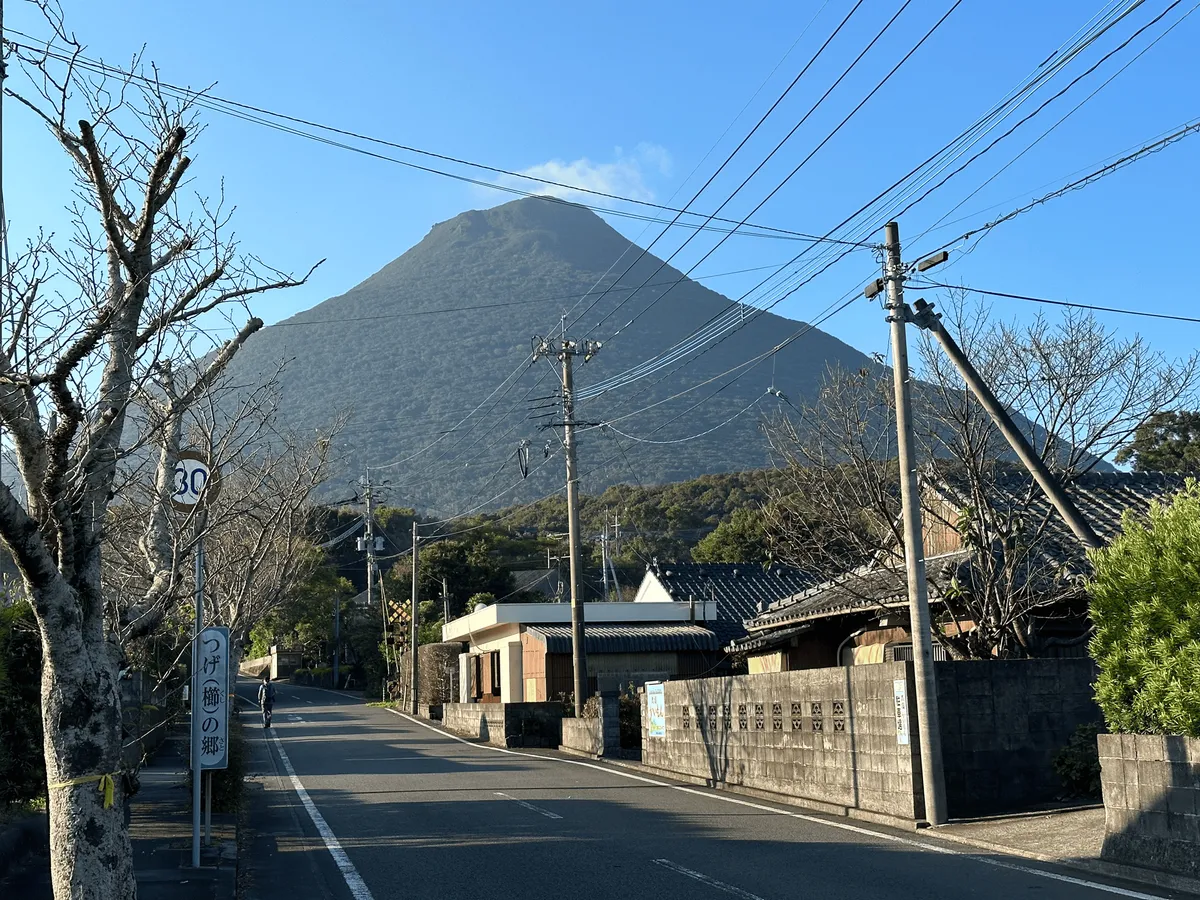
Kaimondake
Kaimondake sits right at the bottom of Kyushu, and its conical shape makes it look like a mini Mt Fuji. Uniquely, rather than a hike straight up the mountain, the course takes you on a spiral path around it, so you get to enjoy the views out from all sides (including views of the sea as well!) With only an elevation of 924m, it’s climbable year round without snow, so it’s perfect if you’re looking for something a bit different to climb in the colder months.
If you come between the end of December and mid-February, you’ll also be able to see the blooming of the yellow rapeseed blossoms, which are said to be the earliest blooming flower in Japan.
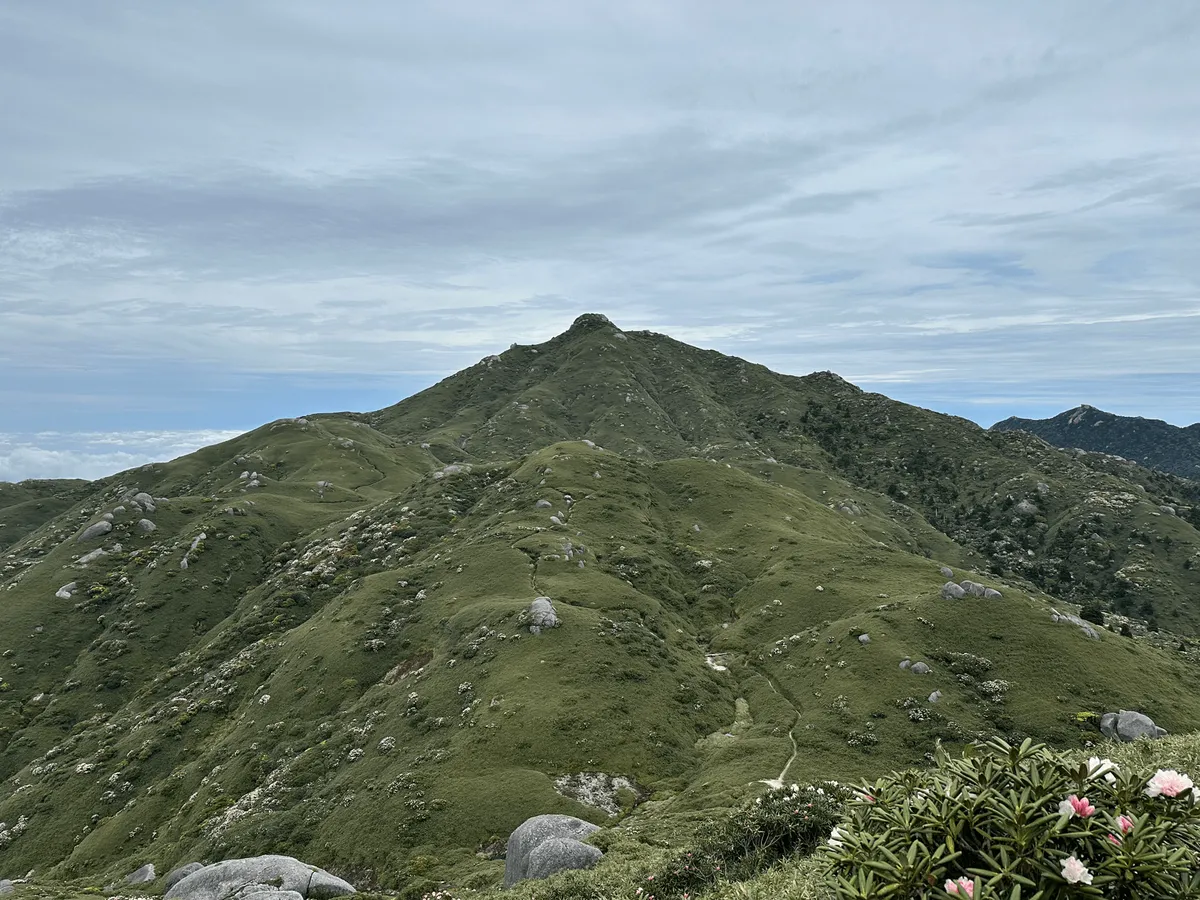
Mt Miyanoura
Off the coast of Kyushu, Yakushima Island’s forest is said to be the inspiration for Ghibli’s Princess Mononoke. You can do a challenging 3-day traverse of the island, staying at unmanned mountain huts along the way and passing by Kyushu’s highest peak, Mt Miyanoura, and the famous Jomon Sugi cedar tree.
I would say Yakushima and Mt Miyanoura make for an absolutely gorgeous hike - its more tropical climate makes for some very different hiking scenery compared to all the other mountains in Japan. However its propensity for rain and its remoteness can make it a bit more challenging logistics-wise, especially if you want to do the traverse hike.
Alternatively, you can do day hikes to visit the Jomon Sugi or just to summit the peak of Mt Miyanoura (rather long at 9 hours, but doable).
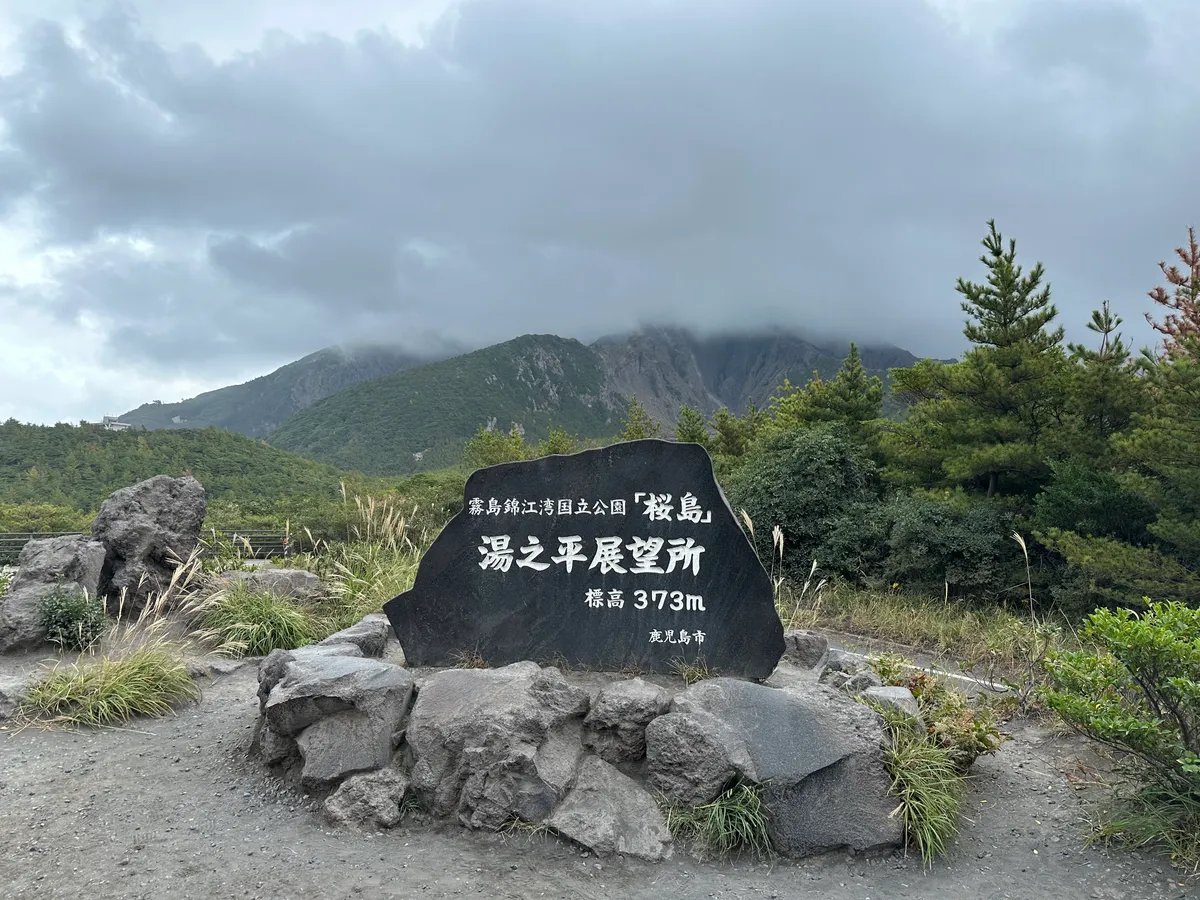
Sakurajima
Now this one is not technically a mountain you can climb to the peak of, but Sakurajima is an island/volcano visible off the coast of Kagoshima. It’s accessible via a ferry to the island, plus there is a bus route running around the island that can take you up to the highest accessible point at an elevation of 371m. Unfortuantely I went on a fairly cloudy day and couldn’t see too much.
You can also take your car onto the ferry, so I can imagine that would make for a pretty fun roadtrip as well. There’s also some walking routes along coast once you get off the ferry, so overall it makes for a nice relaxed day trip - perfect if you’ve tired yourself out from hiking proper mountains.
It’s also featured as one of the Two Hundred Famous Mountains of Japan, which is a slightly more niche list of major peaks people tend to climb once they’ve finished clearing the original 100.
Mountains I want to climb in Kyushu
There’s two more mountains in Kyushu that I’m keen on climbing:
- Mt Karakuni: Kyushu has six mountains included in the list of Japan’s 100 Famous Mountains and Mt Karakuni is the only one I’ve yet to climb, so it’s on my list to do in the near-future.
- Mt Yufu: I spotted this mountain while I was on the bus on the way to Mt Kuju, and it looked pretty cool!
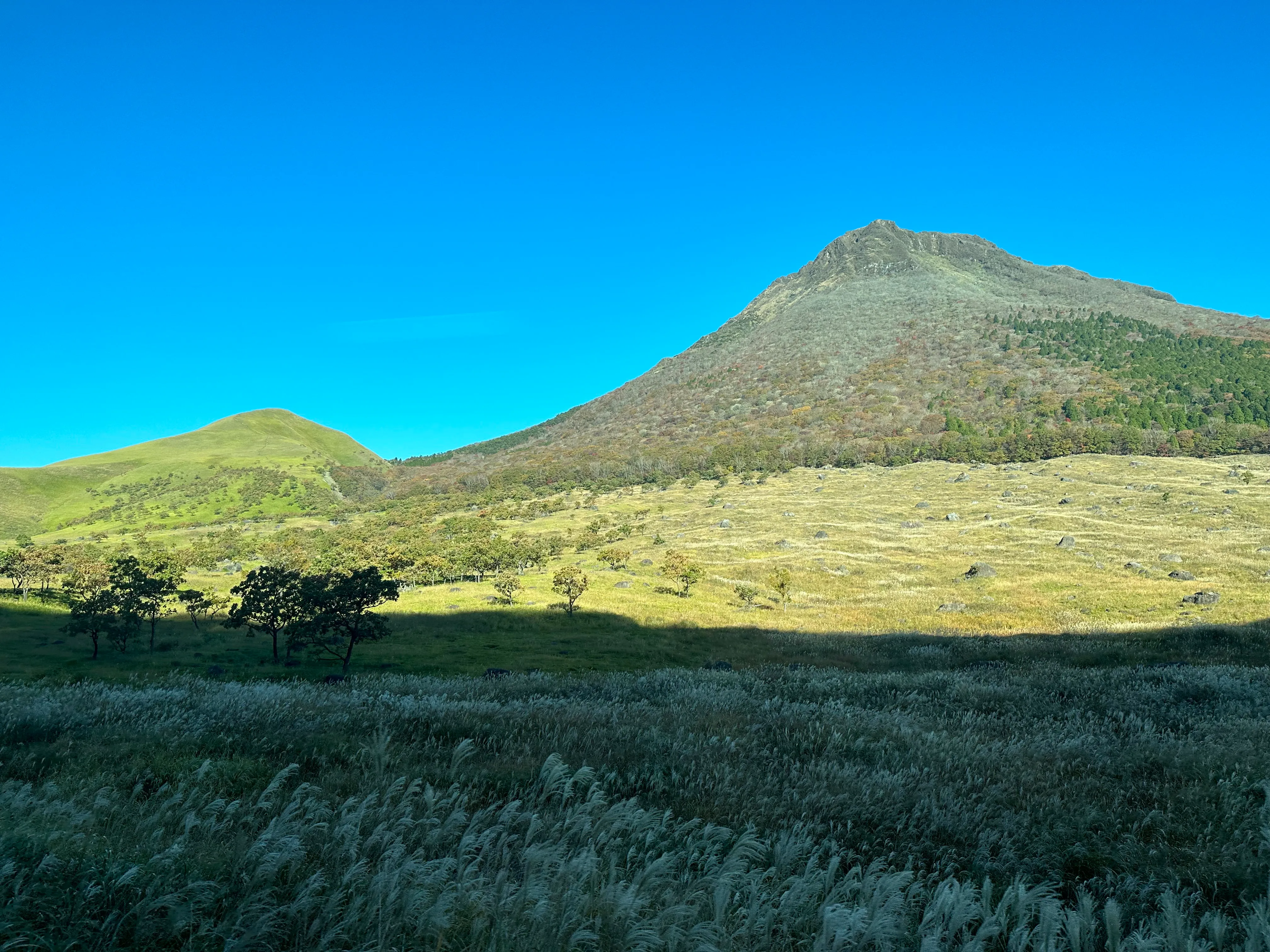
Example itineraries
Option 1: Travelling north-to-south
The first time I visited Kyushu was in November 2023, where I hiked 4 of the 100 Famous Mountains. I started at the top of the island, and made my way down before flying back to Tokyo. If you wanted to follow a similar itinerary to me, here’s how I did it.
Day 1: Fly into Oita airport
I started my trip by flying into Oita airport and staying at Beppu station. It’s a port town, so you can spend an afternoon enjoying views of the sea, or check out its famous onsens.
Day 2: Hike Mt Sobo [optional]
The next day you can take a train to Bungo-taketa station where you can climb Mt Sobo. Note that the station does not support IC cards, so you will need to buy a paper ticket from Beppu station. After the hike, I returned to Beppu for a second night. You could also try stay at Bungo-taketa station itself, but the town is so small that there are no convenience stores, so I decided to stick with the convenience of Beppu.
I’ll admit that Mt Sobo is in my opinion the most skippable out of the mountains I’ve listed on this page, so if you didn’t have the time to climb too many mountains I would recommend skipping this one.
Day 3: Hike Mt Kuju
With an early-morning start in Beppu, you can get on a comfortable limosuine highway bus that will take you to the Mt Kuju trailhead in about 90 minutes.
After you finish your hike, you’ll get onto another limosuine bus, and start heading south towards Aso. Ideally, you would try and find accomodation at Aso station to make for an easier start the next day, but I wasn’t able to find any and so stayed at Higo-ozu station. The town is quite dead, so by the time I arrived a conbini was my only option for dinner.
Day 4: Hike Mt Aso
Mt Aso is accessible via a shuttle bus from Aso station. The first shuttle bus of the day departs quite late (9:55) so this gives you a lot of flexibility in where you stay for the night, as long as you don’t mind a longer travel time in the morning.
After Mt Aso, you’ll head down to Kagoshima, which will be your base for the rest of your trip.
Day 5: Hike Kaimondake
From Kagoshima, it’s a 90 minute train trip to reach the town of Kaimon, where you can begin your Kaimondake hike. The town is quite rural (remember to buy paper tickets), so it’s almost surprising that the mountain is so accessible by public transport. However note that the train timetable is quite limited, so after finishing your hike you may have to wait over an hour for a return train back to Kagoshima.
Day 6: Hike Mt Karakuni (or visit Sakurajima)
When I first planned my Kyushu trip, I had grand plans of also knocking Mt Karakuni off my list as well. However the weather forecast wasn’t looking very good, and I was honestly pretty tired after hiking 4 mountains in 4 days so I decided to give this one a miss. Instead, I took more of a relaxed day and visited Sakurajima instead.
Day 7: Fly home from Kagoshima aiport
I wouldn’t necessarily recommend following this itinerary exactly (5 mountains in 7 days is a lot), but instead you can use it as a rough guide for your own plans. e.g. spread it out over 10 days to also include some sightseeing, or just do a couple of the peaks e.g. Mt Kuju, Mt Aso and Mt Karakuni.
Option 2: Basing yourself in Kagoshima and Kumamoto
Alternatively, travelling around the whole of Kyushu can get quite tiring, so you could skip the Beppu portion of the trip. From Kagoshima alone, you can access the following mountains as day trips:
- Kaimondake
- Mt Karakuni
- Sakurajima
Next to Kagoshima is the prefecture of Kumamoto, where you can climb Mt Aso. So you could fly into Kagoshima, and either make the detour out to Kumamoto or end your trip there and fly home from Kumamto’s airport.
Option 3: Visit Yakushima Island
If you’re visiting Yakushima Island, I think it can be a good idea to give yourself a bit of flexibility here by staying for at least a couple of nights in case it rains (as it can rain a lot), so that you can choose to hike on the sunniest day. As well as hiking up to Mt Miyanoura and the Jomon Sugi, there are some other minor peaks you can also hike, plus you can do a roadtrip around the entirety of the island in one day, and visit sightseeing spots like the Ohko-no-taki Waterfall.
Yakushima is accessible via a ferry or plane ride from Kagoshima, so you could tack this onto the end of itinerary options 1 or 2 as well.
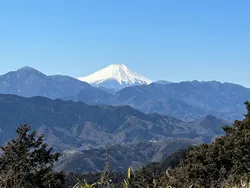
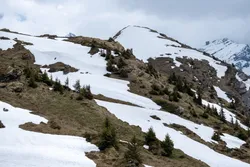
Leave a comment